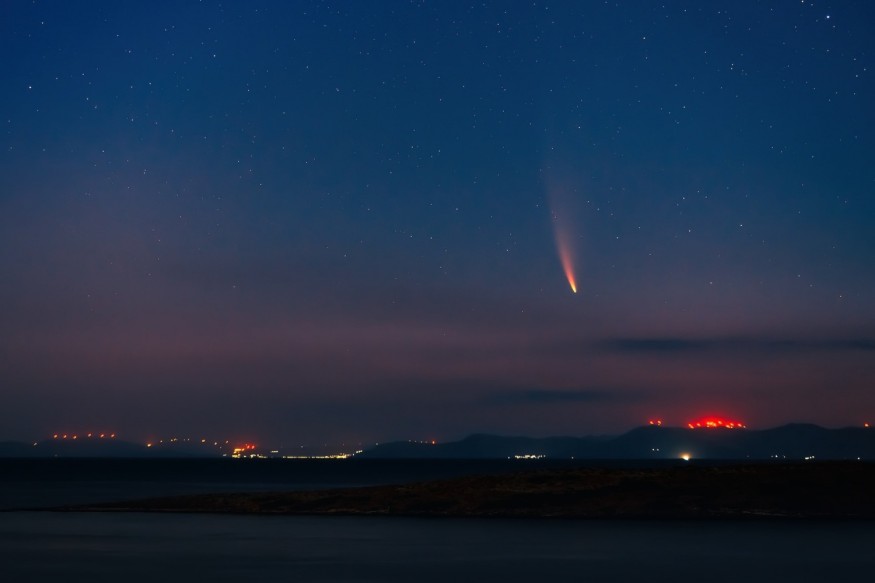A fireball lit up the night sky over Western Australia earlier this week, according to reports. The meteor event was caught on video, and captured by local dashcams and observatories. Footages of the ball of flame were posted online and different social media platforms showed that it entered Earth's atmosphere on Wednesday night, November 22. Following the spectacle, there have been no reports of property damage or casualties from a potential meteor strike.
Comments regarding the Western Australia fireball suggest that the celestial body could be a larger object from the Leonid meteor shower that peaked last Friday or Saturday, November 17, or November 18. Regardless, the recent space object was observed in the Australian city of Perth and other locations across the state. Earlier this year, a fireball was also seen in Australia, near its southern region, but it turned out to be a Russian rocket body that fell back to Earth.
Australia Fireball Video

The Australia fireball video was posted on X, formerly called Twitter, on Thursday, November 23, showing that the meteor was hurling from the sky, as recorded by multiple footage from residential and vehicle dashcams. The short clip shows that the fireball briefly lit up the night sky of Perth with blue-green light but potentially dissipated in the air before it hit the ground, which is sometimes the case in previous related incidents.
Did you see it?! ☄️🤯
— 9News Perth (@9NewsPerth) November 22, 2023
Perth residents were treated to a show last night, after a bright green meteor blazed through the atmosphere. #9News
READ MORE: https://t.co/aelfyQmtqr pic.twitter.com/mg545OVQwI
The recent space event in Perth can also be compared to a similar incident several years ago when a giant meteor fireball was seen above southwest Australia. At that time, the Perth Observatory received dozens of phone calls about the fireball but conducted its own investigation if the meteor completely burned in the atmosphere or hit the ground near the town of York.
What is a Meteor Fireball?
Fireballs, also called bolides, are astronomical terms that pertain to significantly bright meteors that are enough to be seen in the sky over a very wide area. Meteors or shooting stars are the burning, bright paths of meteoroids that have entered the Earth's atmosphere. A meteoroid, which is either an asteroid or comet, is called meteor fireballs once they flare up and enter our planet's atmosphere, where friction and a series of chemical reactions ignite them.
This is according to the National Aeronautics and Space Administration (NASA), which explains that meteoroids may or may not survive its passage through the atmosphere. However, there are cases where their fragments, called meteorites, are recovered on the ground. The interaction of the meteoroids with the atmosphere can disintegrate these space rocks if their size and mass are not large enough.
Meteorites can also be sold for varying prices, which drives the activity called meteorite hunting. In North America earlier this year, a fireball landed in an area near the United States-Canada border in April. In a bid to find its meteorites, the museum in Maine offered $25,000 USD for meteorite hunters who can find the remains of the space rock.
© 2025 NatureWorldNews.com All rights reserved. Do not reproduce without permission.





